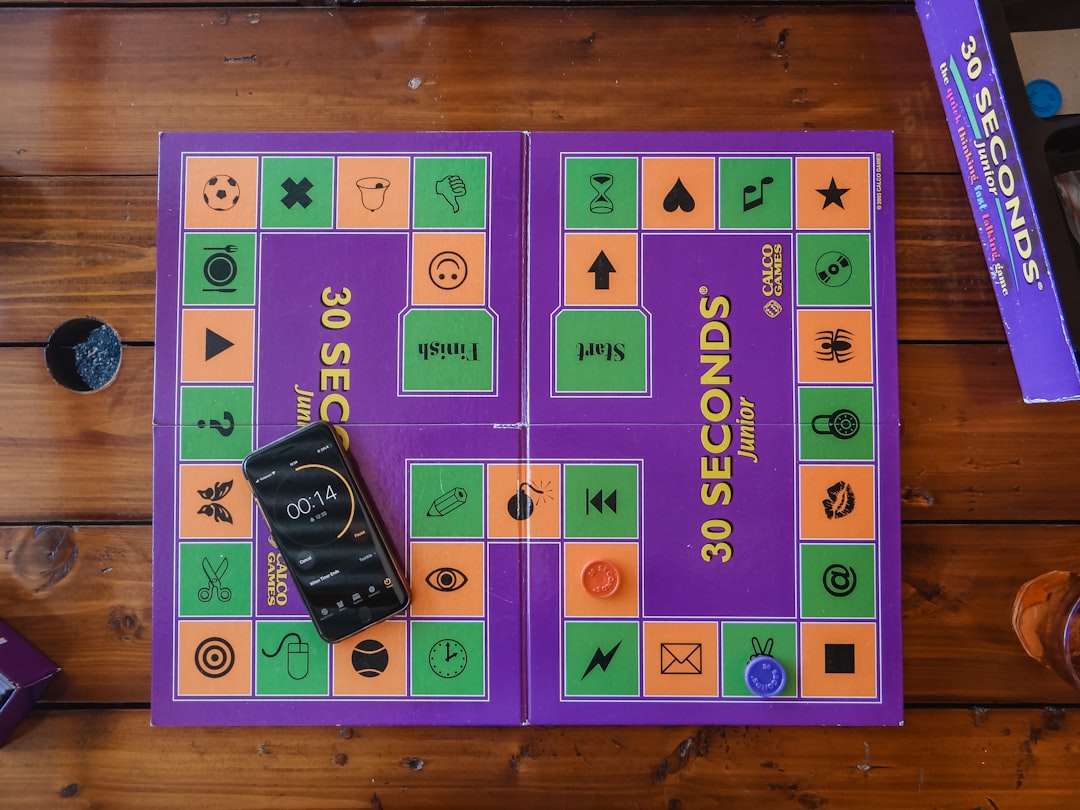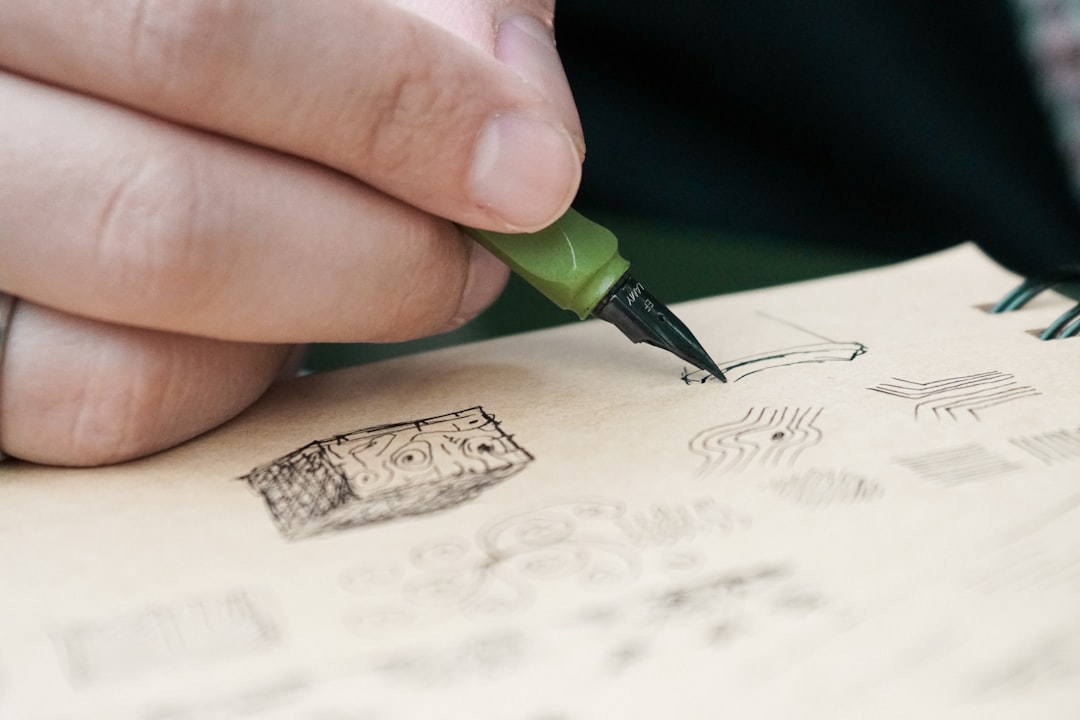Pictionary is a classic party game that combines creativity with quick thinking, offering boundless fun for family gatherings, game nights, or classroom activities. It’s a drawing and guessing game where players must illustrate a word or phrase without using letters, numbers, or spoken clues, while their teammates try to guess what it is. The object of the game is to be the first team to reach the finish space on the game board by correctly identifying the drawings.

Game Components
Pictionary can be played using the official board game set or a simplified homemade version. The standard game includes:
- A game board with a path of colored squares
- A sand timer
- Drawing pads or paper
- Pencils or markers
- Category cards with words or phrases
- Playing pieces
Basic Rules
Here are the fundamental rules that govern how Pictionary is played:
- Players divide into two or more teams, ideally with at least two players per team.
- Each team selects a drawing player for the first round.
- The drawing player draws a card and reads the word or phrase in the category indicated by the space the team is currently on.
- Without writing words, letters, or speaking, the drawing player has one minute (timed with a sand timer or stopwatch) to draw clues.
- Their teammates must guess the word before the timer runs out. If guessed correctly, the team rolls a die and moves their token ahead.
- If the guess is incorrect, the team stays in place until the next turn.
- The first team to reach the end of the board wins.
Drawing Guidelines
Pictionary is all about drawing, but not everyone needs to be an artist to enjoy it. The important thing is to follow the restrictions while being creative:
- Do not use letters, numbers, or symbols in the drawing.
- Do not verbally communicate with your teammates while drawing.
- Use simple lines, shapes, arrows, and icons to convey the idea.

Categories
Most official versions of Pictionary include cards separated into categories such as:
- Object – Things you can touch or see like “ball” or “apple”
- Action – Verbs such as “running” or “fishing”
- Place – Locations like “beach” or “library”
- Animal – Any animal, from simple to obscure
- Miscellaneous – Phrases, idioms, or pop culture references
Variations
For added variety, players can incorporate different versions or house rules:
- All Play: Every team draws and guesses the same prompt simultaneously. The first to guess correctly wins the round.
- Timed Game: Instead of using a board, simply count how many words each team can guess in a set amount of time.
- Themed Sets: Create custom cards based on holiday themes, movie titles, or educational subjects.
Winning the Game
The game continues with teams taking turns drawing and guessing. The first team to reach the final space on the board is declared the winner. To win, a team must land on the final square by exact roll and correctly guess the final drawing.
Frequently Asked Questions (FAQ)
- Q: How many players can play Pictionary?
A: Pictionary is typically played with four or more players, forming teams of two to four people each. - Q: Can we use phones instead of cards?
A: Yes! There are numerous apps and websites available that generate Pictionary-style prompts you can use during gameplay. - Q: What if someone accidentally says the word?
A: If the drawing player says the word aloud, their team forfeits the round. - Q: Can kids play Pictionary?
A: Absolutely! There are junior versions of the game with kid-friendly words. Even the classic version can be adjusted with easier prompts. - Q: What materials do I need to make a DIY version?
A: A notepad or paper, pens or markers, a timer, and a set of word cards or a word list are all you need to create your own version at home.
Pictionary is a fun and flexible game that encourages laughter, creativity, and teamwork. Whether you’re using a board or playing a quick version without one, the joy of drawing and guessing never gets old.
